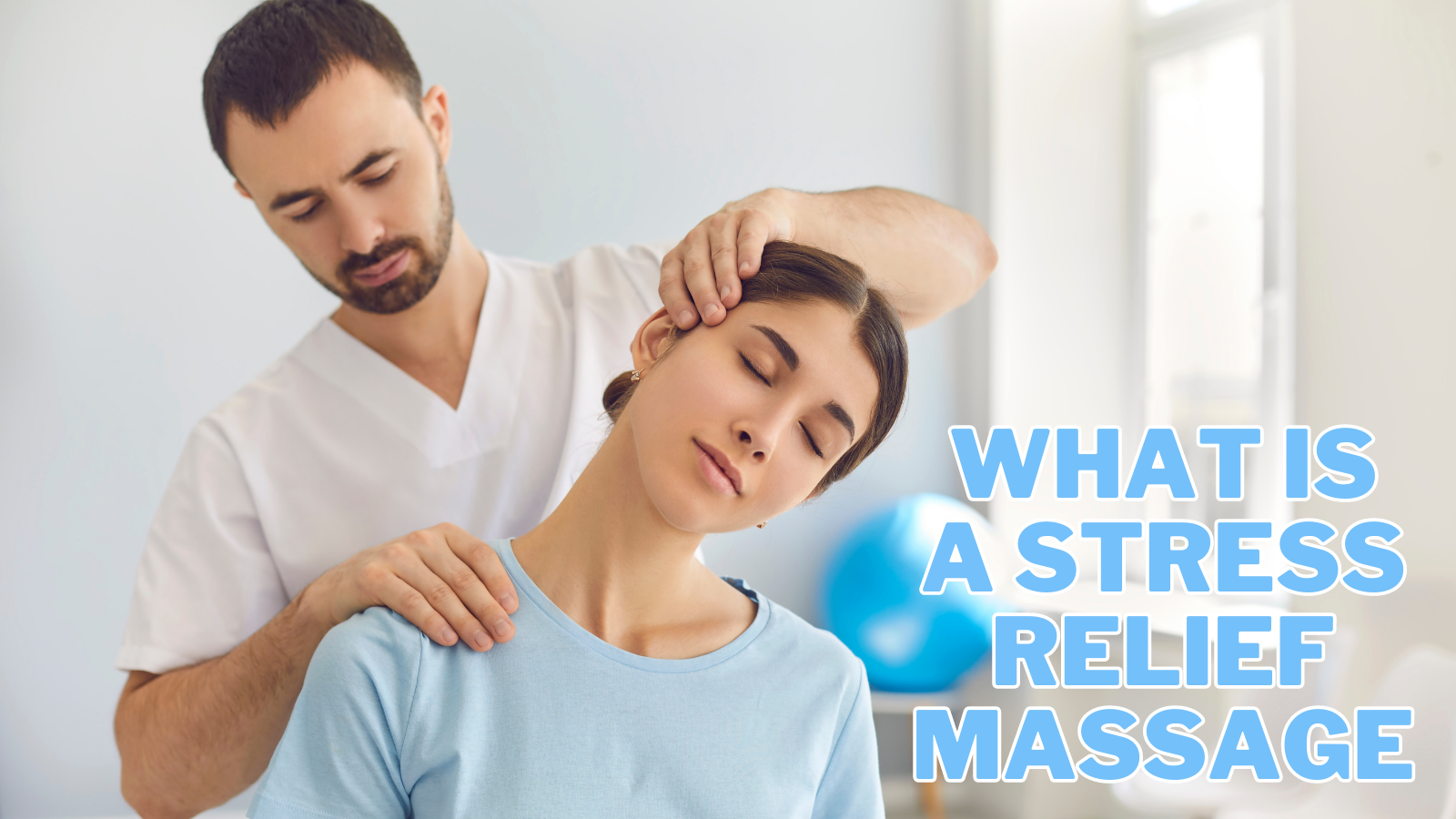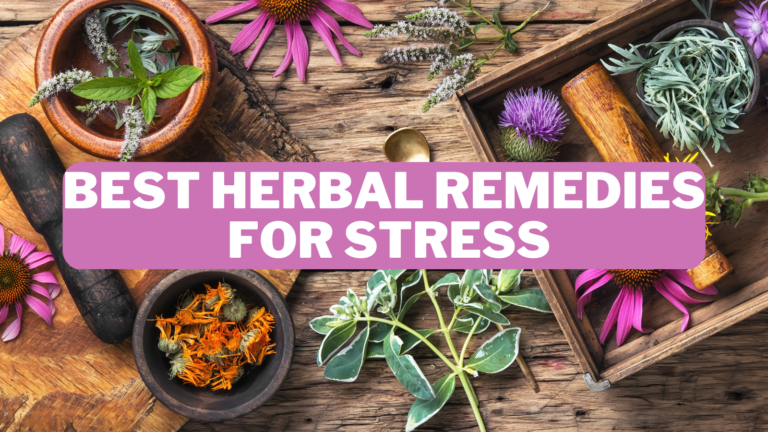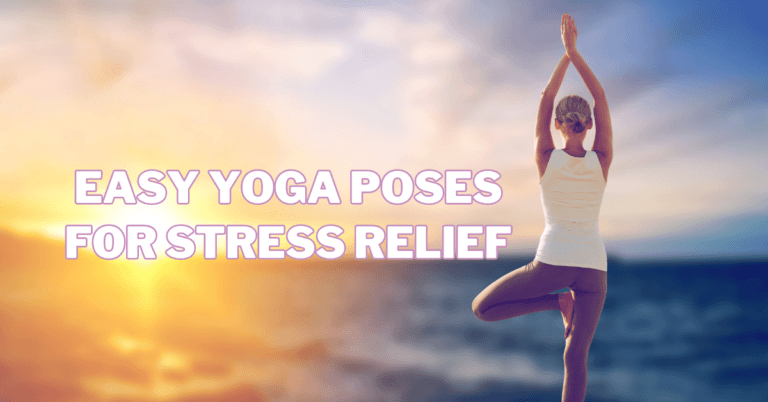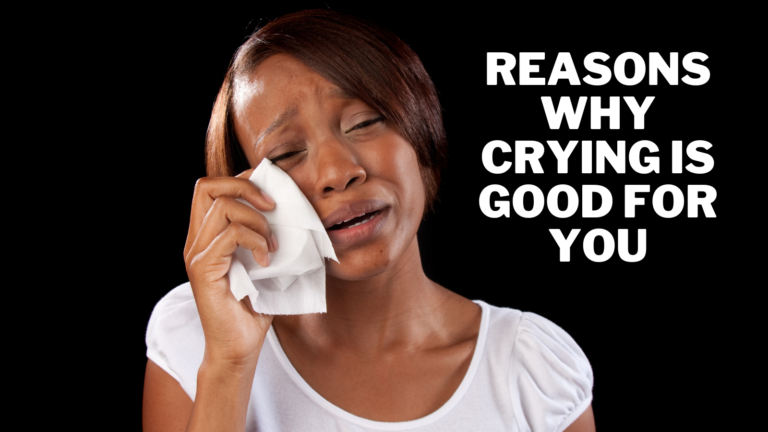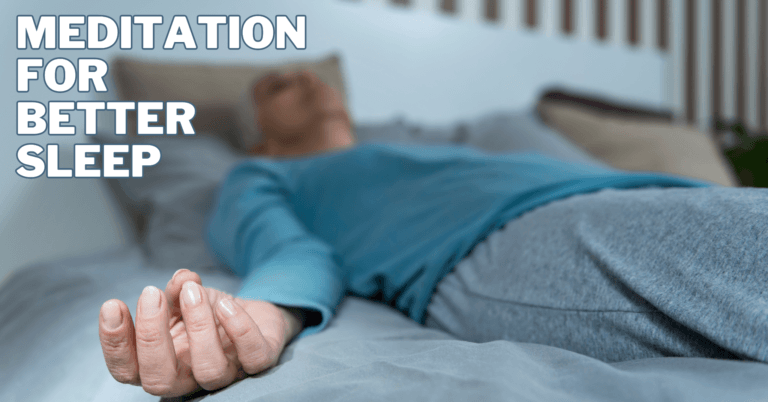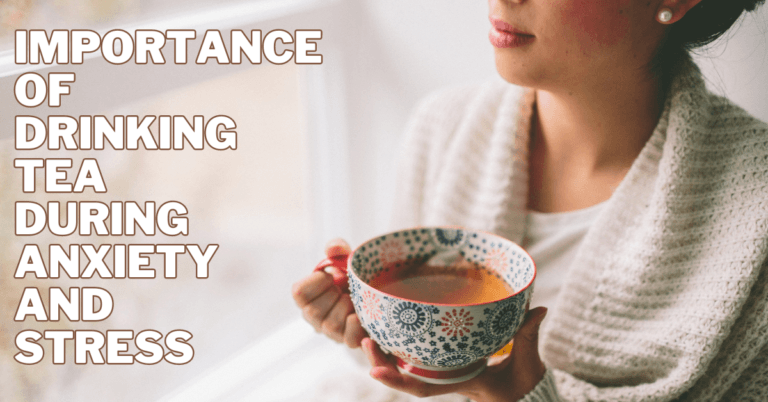What Is A Stress Relief Massage
What Is A Stress Relief Massage?
The treatment of muscle pain and stiffness using massage therapy is common. Stress, anxiety, and sadness are just a few mental and emotional issues that therapeutic massage has utilized to treat more lately.
Some massages have a deeply calming effect that can help ease stress and promote emotions of serenity.
They strive to control the stress reaction, which can cause unpleasant physical symptoms, including shortness of breath, heavy perspiration, chest aches, and an elevated heart rate.
This article will explore stress relief massage's origins, techniques, and benefits. Whether you are new to the concept or a seasoned spagoer, join us as we uncover this time-honoured practice's transformative power.
Discover how a stress relief massage can help you unwind, rejuvenate your mind and body, and enhance your quality of life.
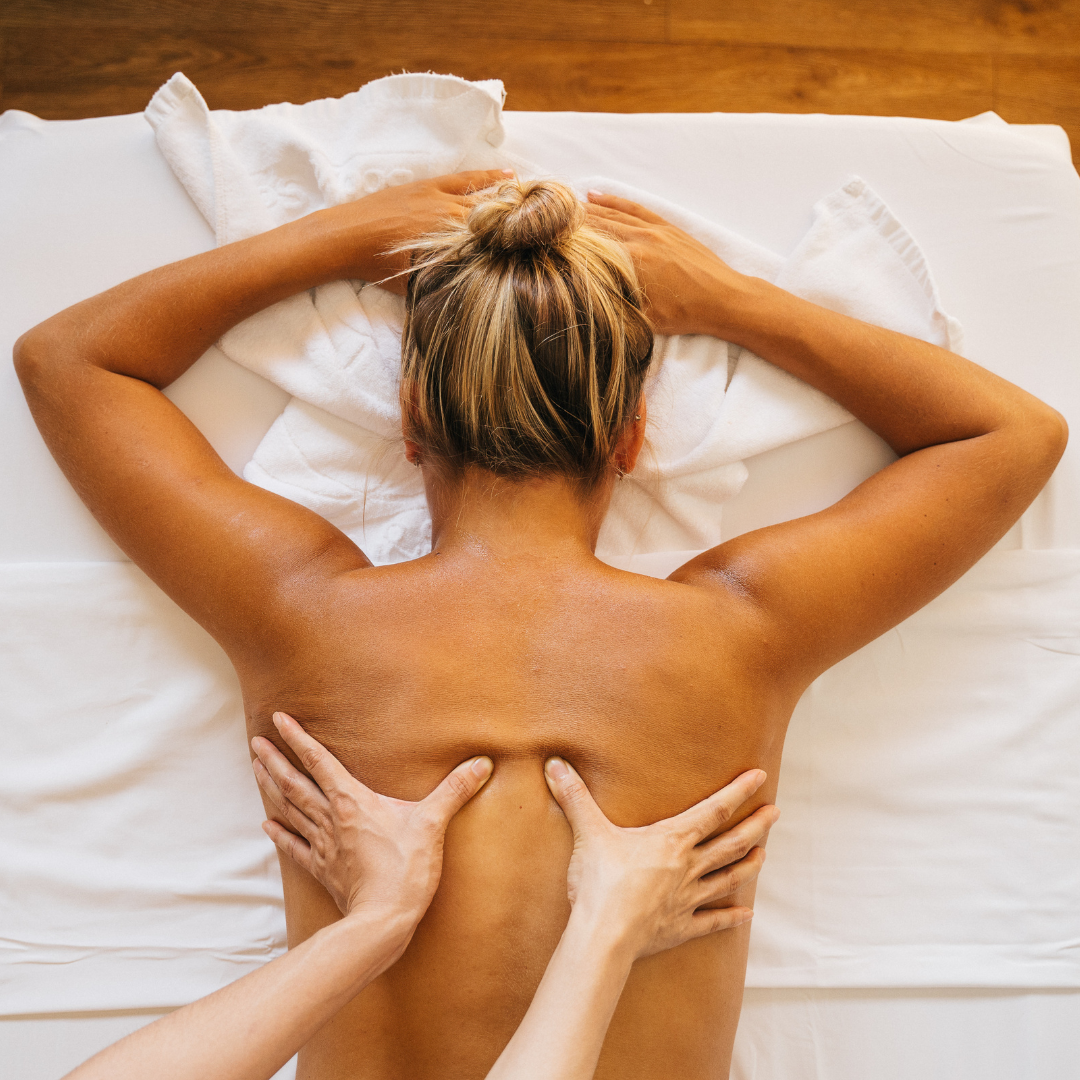
Stress Relief Massage: Unveiling The Multitude Of Benefits
A stress-relieving massage offers several advantages that improve our general well-being and are a delightful pleasure for the body.
Integrating stress relief massage into your self-care regimen may be incredibly transforming, whether looking for comfort from a hectic lifestyle or hoping to improve your physical and mental health.
Let's examine the many benefits that this treatment technique can offer:
1. Relaxation And Stress Reduction
Deep relaxation is a well-known side effect of stress treatment massage. Gentle strokes, kneading, and muscular manipulation release muscle tension and calm the nervous system, relieving stress.
A skilled therapist's soothing touch can help you enter a state of peace, allowing relaxation and stress reduction.
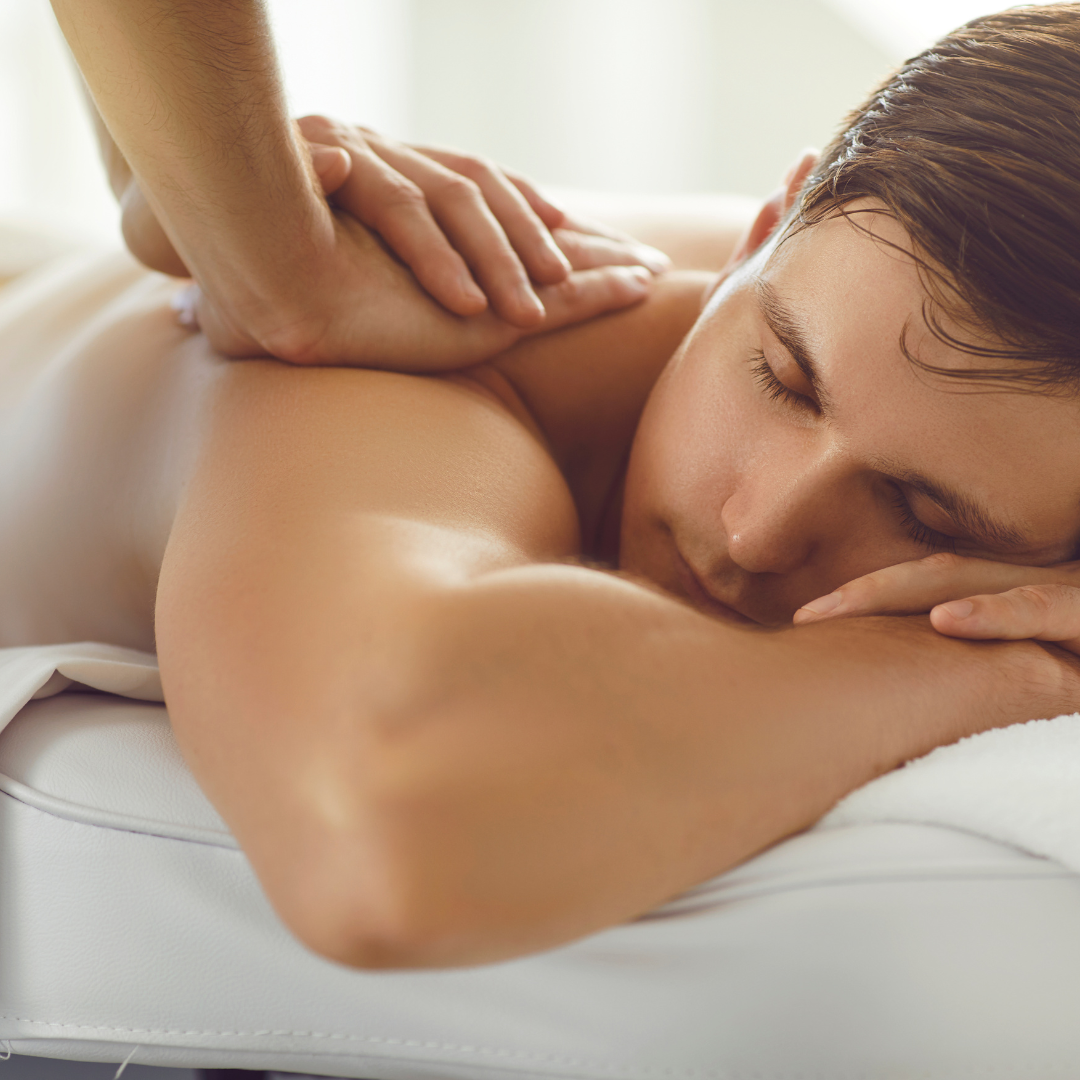
2. Muscle Tension Relief
Relieving muscle tension is one of the main advantages of massage therapy for stress management.
Long-term stress frequently causes the muscles to become tight and knotted, which causes pain and discomfort.
Massage techniques aid in muscle relaxation, blood circulation improvement, and the production of endorphins, hormones that naturally relieve pain by concentrating on regions of tension.
3. Better Sleep
Stress and anxiety can cause sleep difficulties. Stress relief massage enhances sleep quality by easing muscle tension, encouraging relaxation, and releasing serotonin, a neurotransmitter linked to sleep regulation. A good night's sleep can significantly affect general health and cognitive ability.

4. Improved Mental Clarity And Focus
Stress reduction massage has calming effects and physical relaxation. Mental clarity and focus are recovered when stress fades.
This improved mental health and level of alertness can result in higher productivity, better judgment, and better mental balance.
5. Enhanced Immune System
Prolonged stress compromises immunity, leaving us more prone to illness and disease. Stress relief massage helps offset these effects by lowering stress hormones like cortisol and promoting the synthesis of immune-stimulating cells.
Massage treatment can enhance our bodies' defences and promote general health and well-being.

6. Emotional Well-Being
Stress reduction massage recognizes the connection between the mind and body. Massage therapy can significantly impact emotional well-being by releasing tension and inducing relaxation responses.
Encouraging a sense of serenity, balance, and inner peace can help reduce anxiety, sadness, and emotional exhaustion.
7. Better Circulation
Techniques for stress-relieving massages, like kneading and friction, encourage blood flow to the muscles and tissues.
Due to enhanced circulation, the cells receive more oxygen and nutrients, which removes toxins and waste.
Improved circulation can also benefit youthful skin, speedier recovery, and improved general health.
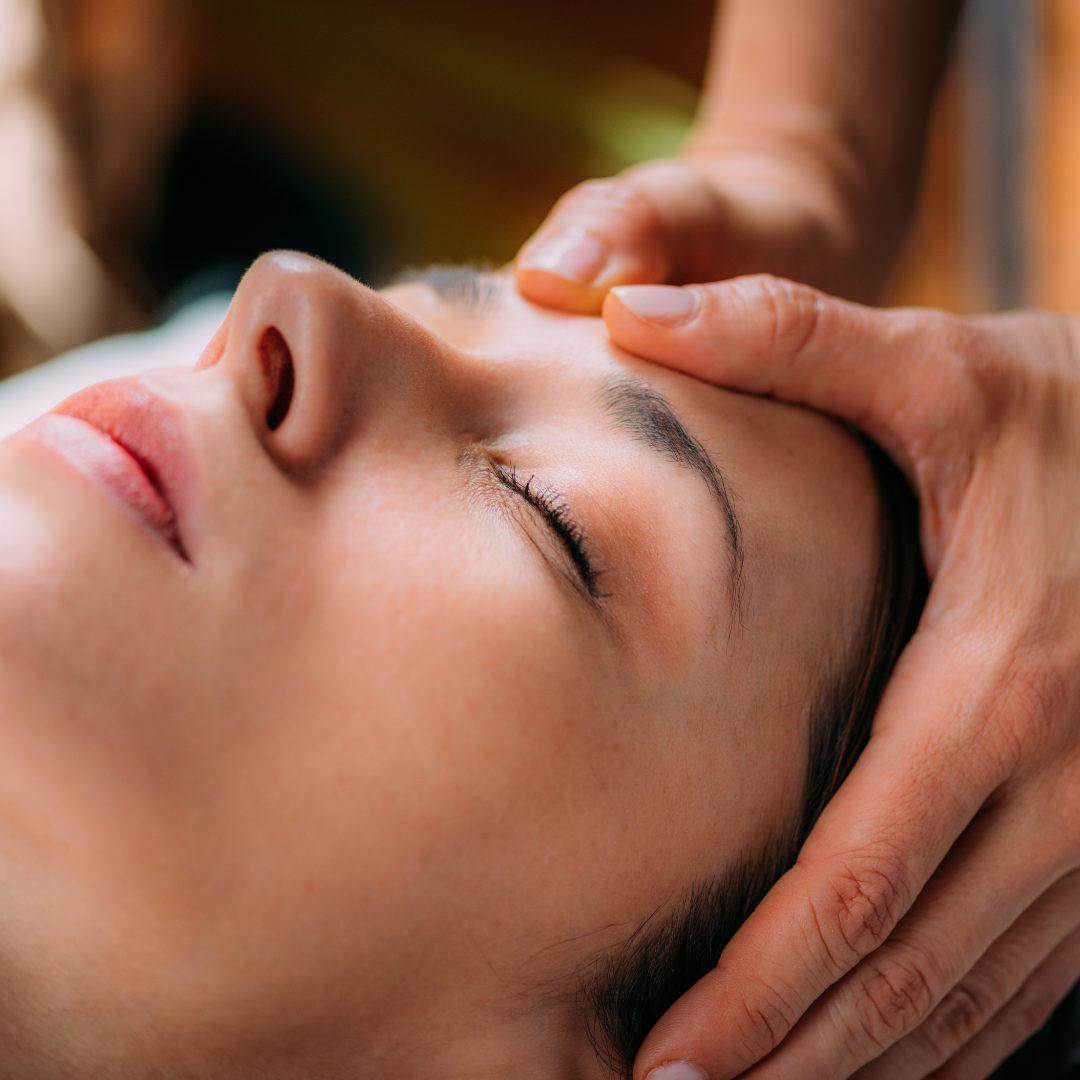
8. Headache And Migraine Relief
Tension in the neck, shoulders, and head can result in or aggravate headaches and migraines.
Targeting these regions with stress-relieving massage techniques can help with pain relief and can lessen headache frequency and intensity.
Massage therapy offers a holistic and natural method of treating these crippling illnesses by relieving muscle tension and encouraging relaxation.
9. Lower Blood Pressure
Chronic stress frequently results in high blood pressure. Regular massage therapy for stress alleviation was demonstrated to lower blood pressure levels on both a systolic and diastolic basis.
Massage treatment can aid in controlling blood pressure and promoting cardiovascular health by reducing stress and enabling better circulation.
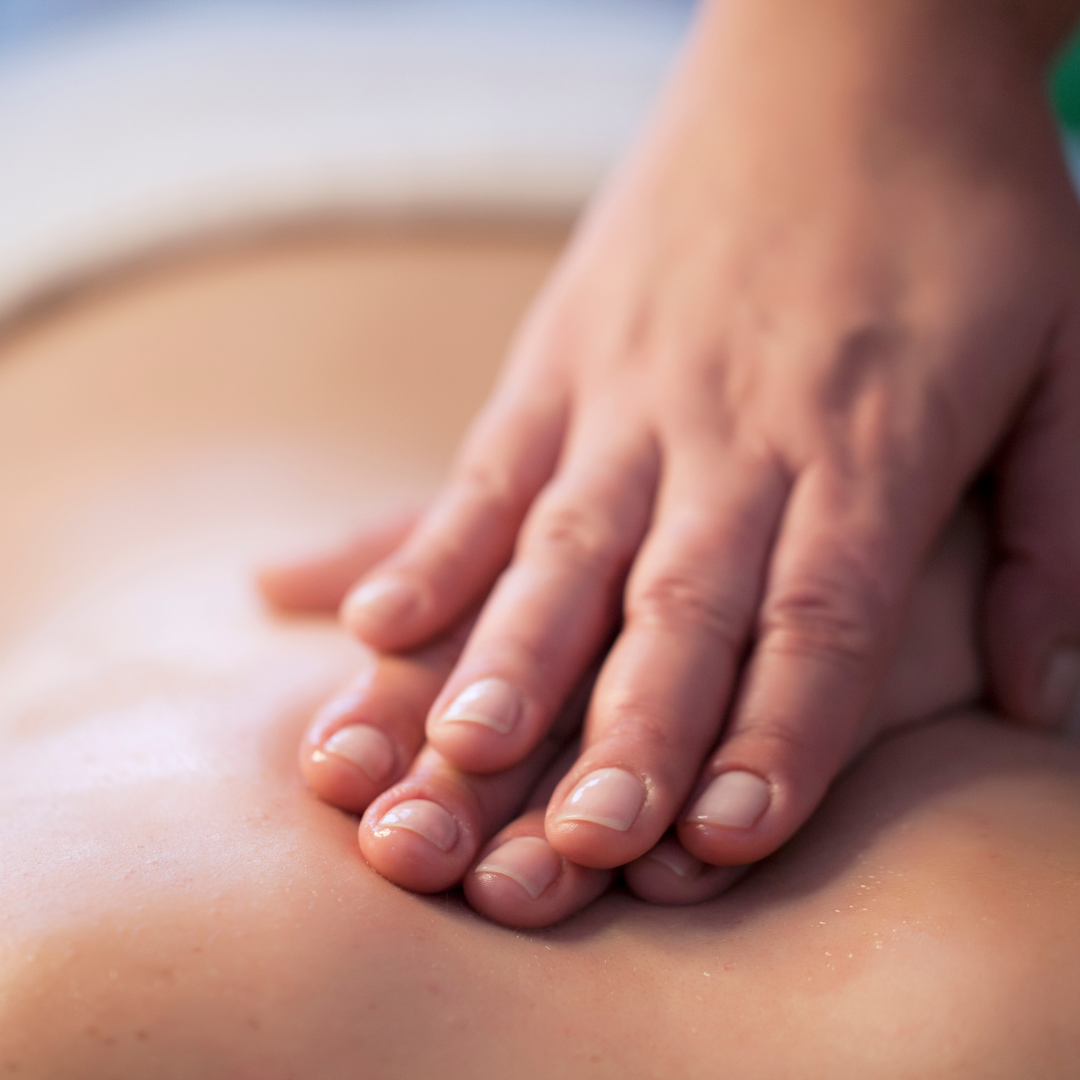
10. Greater Flexibility And Range Of Motion
Stretching and joint mobilization are stress-relieving massage techniques that can improve flexibility and range of motion.
Massage treatment helps with injury prevention, recovery, and athletic performance by loosening tight muscles and enhancing joint mobility.
11. Hormonal Balance
Prolonged stress can upset the body's hormonal balance, resulting in various physical and psychological problems.
Stress reduction massage helps balance hormone production by decreasing stress hormones like cortisol and raising feel-good chemicals like serotonin and dopamine.
Mood, energy levels, and general hormonal health can all benefit from restoring hormonal equilibrium.
There are numerous advantages of including stress reduction massage in your health regimen that go well beyond the massage table.
Massage therapy for stress reduction can be a very effective tool on your path to well-being, whether you're looking for physical relief, mental balance, or a comprehensive approach to stress management.
Accept the therapeutic benefits of massage treatment to realize your potential for a healthier, more well-rounded existence.
What Is A Stress Relief Massage
A stress relief massage is a treatment that tries to lessen stress and tension while fostering relaxation in the body and mind.
It entails using effleurage (long, gliding strokes), kneading, friction, and mild stretching to relieve muscle tension and bring about a deep state of relaxation. A licensed massage therapist will give you a massage in a relaxing environment.

1. Techniques For A Stress Relief Massage
Massage for stress treatment includes various modalities, each having a special way of reducing stress and encouraging relaxation.
The most popular style of massage, Swedish, uses long, flowing strokes, kneading, tapping, and light shaking to relieve muscle tension and promote relaxation.
To relieve chronic muscle tension and enhance mobility, deep tissue massage targets deeper layers of muscles and connective tissues with slow, strong pressure.
Aromatherapy massage provides a multimodal experience that improves relaxation and emotional well-being by fusing the therapeutic benefits of massage with essential oils recognized for their capacity to reduce stress.
To warm the muscles, improve circulation, and deepen relaxation, hot stone massage uses heated stones that are either put on specific spots or used by the therapist while doing the massage.
Other techniques, such as shiatsu, Thai massage, reflexology, and sports massage, may also be used depending on the person's demands.
Massage therapists skillfully adapt these techniques to address tension and stress in the body, generating a therapeutic experience that supports holistic well-being. They utilize their hands, fingers, palms, elbows, and occasionally specialized tools.

2. A Full-Body Or Targeted Areas Stress Relief Massage
Massage therapy for stress reduction allows for treating the entire body or just the trouble spots. A full-body stress relief massage involves methodically working on the complete body, from head to toe, to offer a thorough and well-rounded relaxation.
It encourages general relaxation and well-being and enables the discharge of tension from the body.
Targeted stress relief massage, on the other hand, concentrates on particular regions where stress and anxiety tend to develop, including the neck, shoulders, back, or foot.
These areas are frequently susceptible to muscular tightness and discomfort due to prolonged sitting, repetitive motions, or stress-related factors.
The massage therapist can use techniques to relieve tension, reduce pain, and regain equilibrium in certain regions by concentrating on those areas.
Individual preferences, time restraints, and specific areas of concern all influence the decision to take a focused or full-body approach.
Massage therapists can provide a customized and effective stress-relieving experience by adapting the therapy to each client's specific demands.

3. Relaxation
An important component of massage therapy for stress treatment is setting a tranquil atmosphere. The massage room was thoughtfully created to foster peace and encourage relaxation.
The mind can relax in a quiet environment created by soft, diffused, or subdued lights. It is common to play gentle music or nature sounds to create a calming atmosphere, block out outside noises, and encourage a state of meditation.
Essential oils or scented candles can be used for aromatherapy, filling the air with calming scents like lavender, chamomile, or sandalwood.
The calming aromas create a sensory experience that promotes relaxation and lessens tension. Complete control of the room's temperature with choices for adjusting heating or cooling ensures comfort.
The customer is provided with a snug and comfortable surface on the massage table, which is also padded and covered in soft linens.
These components work together to create a calm environment that encourages deep relaxation. This enables the body and mind to release stress and tension while receiving the massage.

4. Benefits Of A Stress Relief Massage For The Mind And Emotions
Massage therapy for stress treatment has many mental and emotional advantages in addition to physical ones. One of its main advantages is its capacity to lessen anxiety and foster a sense of calm.
Inducing a sense of calmness and reducing anxiety symptoms are both made possible by the massage's endorphin-releasing effects, soothing touch, and relaxation techniques.
Additionally, those who are having depressive symptoms may find benefit from stress reduction massage.
During a massage, the calming touch and the release of serotonin and dopamine can improve mood, lessen feelings of melancholy, and relieve depression symptoms.
Its effect on the calibre of sleep is a further important benefit. Massage therapy for stress helps the body and mind unwind, promoting deeper, more restful sleep while fewer sleep interruptions occur. Additionally, massage therapy for stress reduction helps improve emotional balance in general.
People can unwind and care for themselves by setting aside time and space for these activities, which also helps people become more self-aware and develop healthy relationships with their bodies.
A more positive perspective, enhanced emotional well-being, and a higher sense of general balance in daily life can all be attributed to the release of tension and a sense of rejuvenation that accompanies massage.

5. Duration Of A Stress Relief Massage
A stress-relieving massage can last as long as necessary, depending on the client's preferences and requirements.
Shorter sessions of about 30 minutes may be the best option for people with a tight schedule or certain tension points that require attention.
This time frame enables concentrated concentration on particular areas or a speedy period of general relaxation.
An average stress-relieving massage lasts about 60 minutes, giving enough time for a full-body session or a more in-depth focus on certain tension points.
This time frame enables the massage therapist to focus on several body parts and muscle groups and promote a deep state of relaxation.
Longer sessions of 90 minutes or even 120 minutes may be appropriate for people seeking a more luxurious and immersive experience.
These prolonged sessions give greater time for total relaxation, the incorporation of various approaches, and the chance to thoroughly unwind and regenerate.
Ultimately, the period chosen will depend on personal tastes, objectives, and accessibility.
Massage therapists can provide advice and recommendations based on their experience to ensure that the selected duration maximizes the stress-relieving effect of the massage.
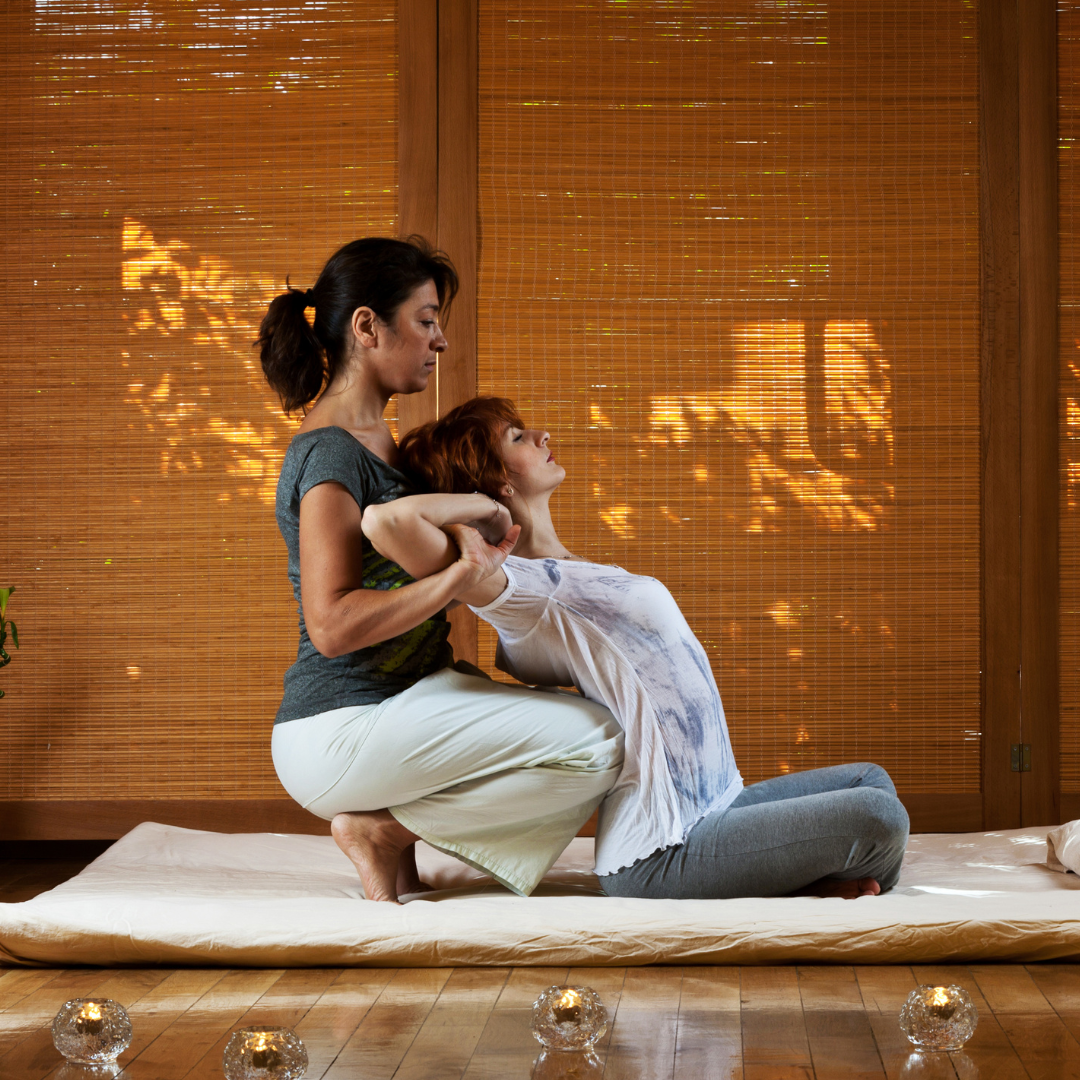
6. Professional Massage Therapists
Trusting a trained massage therapist with your well-being is essential when getting a stress-relieving massage.
Trained and knowledgeable massage therapists comprehensively cover anatomy, physiology, and numerous massage techniques.
They thoroughly understand the human body and can evaluate each patient's needs and concerns to tailor the treatment successfully.
A qualified massage therapist will take the time to conduct a complete consultation, during which they will enquire about any existing medical concerns, recent injuries, or trouble spots.
With this knowledge, they can modify the pressure, target regions, and massage techniques to ensure a safe and satisfying encounter.
They can decide whether massage is appropriate for a certain disease because they know the risks and precautions.
Qualified massage therapists also uphold strict sanitation standards and follow moral principles to provide their clients with a secure and comfortable setting.
By hiring the services of a skilled and experienced massage therapist, you can relax knowing that your stress-relieving massage will be performed expertly and with your well-being as their top priority.
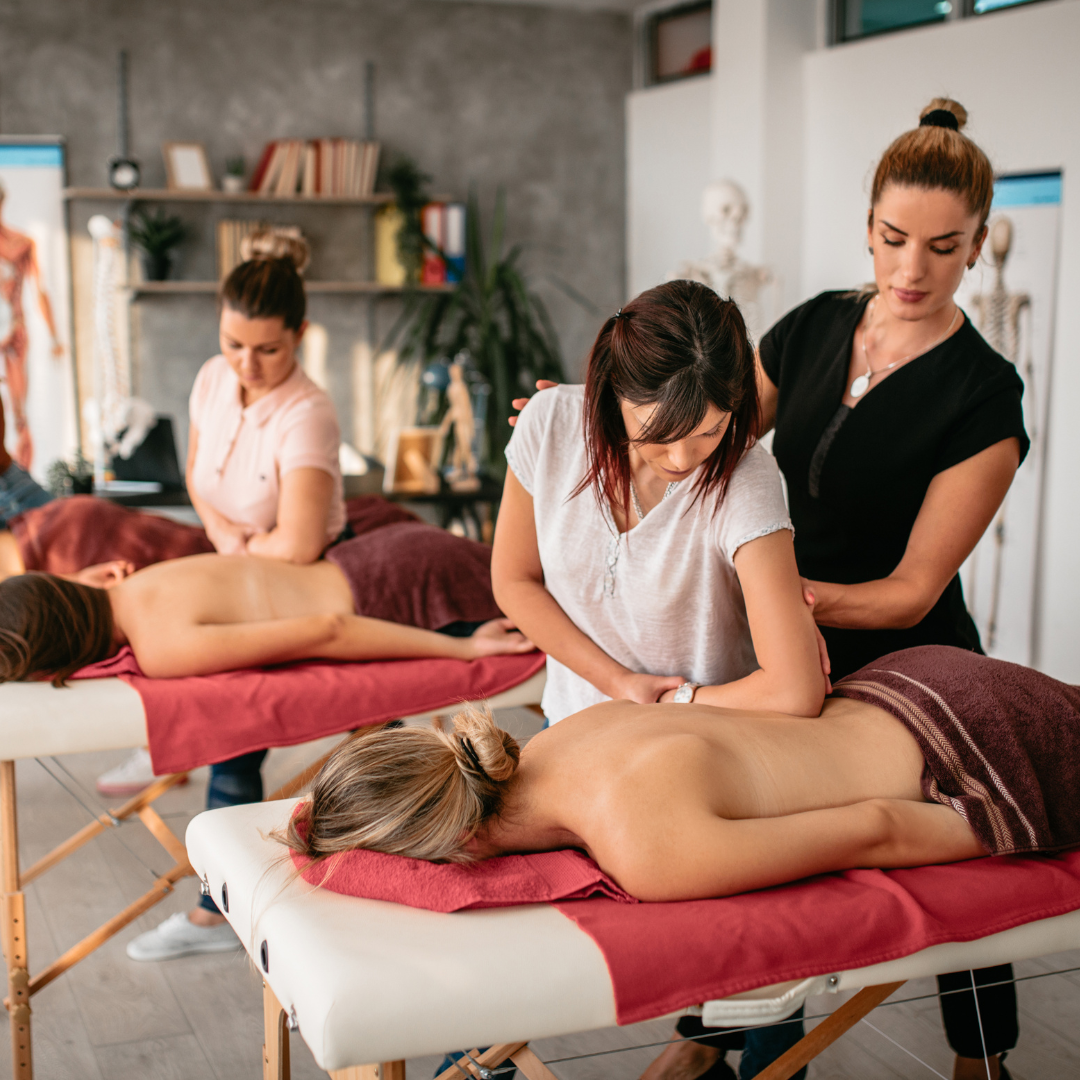
7. Communication And Customization Of A Stress Relief Massage
A stress relief massage should include effective communication and customization. The massage therapist will consult with the client before beginning the massage session.
During this meeting, the client can discuss any pertinent medical issues or injuries and any special needs or areas of concern.
To construct a custom treatment plan, the therapist will listen carefully, clarify any unclear points, and collect crucial data.
As a result, the therapist can adjust the massage techniques, pressure level, and target areas to specifically address each client's needs.
For instance, the massage therapist may spend additional time and focus on the client's neck and shoulders if such spaces are tight.
In contrast, the therapist can alter the treatment to guarantee safety and comfort if the patient has any contraindications or sensitivities, such as recent surgeries or allergies to particular oils.
It is possible to have a more fulfilling and fruitful massage encounter for stress relief when the client and therapist can communicate effectively. This builds trust and improves the therapeutic relationship.
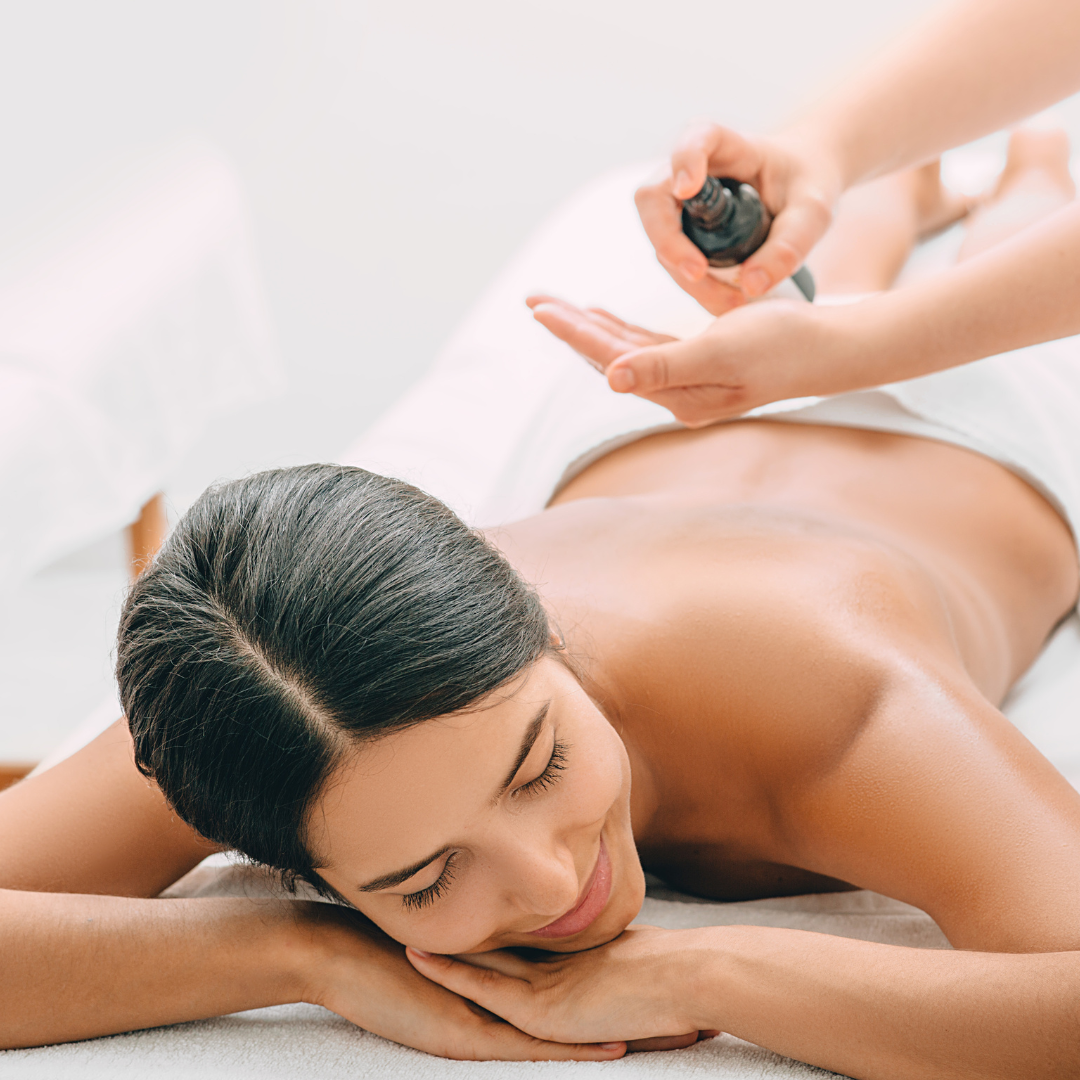
8. Oil Or Lotion Application During A Stress Relief Massage
Using oils or lotions is a frequent technique massage therapists use when performing stress-relieving treatment.
The advantages and overall pleasure of the massage are improved by these lubricants, which have a variety of uses.
Oils and lotions can minimize friction when applied to the skin, enabling the therapist to move their hands more easily across the body.
As a result, different massage techniques are easier to use, resulting in a more relaxed and fluid movement pattern.
The lubricants also give the skin additional nutrition by replacing moisture and encouraging hydration. People with dry skin or those dehydrated may benefit the most from this.
Depending on the therapeutic benefits of the oils or lotions, the massage therapist may opt for a particular brand, such as an essential oil known for its relaxing or energizing qualities.
As a bonus, the scents of these oils can enhance the massage recipient's sense of relaxation. Additionally, oils or lotions can help improve the skin's absorption of specific compounds like vitamins or antioxidants.
In general, using oils or lotions in stress relief massage adds a layer of comfort, nourishment, and sensory pleasure, improving the overall effectiveness and satisfaction of the massage session.
Massage therapists are trained to modify the pressure according to the customer's comfort level and feedback.
Some prefer a lighter touch that uses smooth, flowing strokes to relax and calm the body. Those more sensitive or new to massage may benefit from this amount of pressure.
On the other hand, others might prefer deeper pressure that specifically targets tight muscles and tension points.
This stronger pressure can relieve muscle tension and encourage muscle relaxation. It is critical to let the therapist know how comfortable you are during the session.
By getting feedback on the pressure, the client enables the massage therapist to make necessary modifications and guarantee a relaxing and productive treatment.
Remember that everyone has a different threshold for anxiety, so what one person finds comfortable may not be the same for another.
A successful and pleasurable massage treatment for stress relief depends on an open and honest conversation with the therapist.
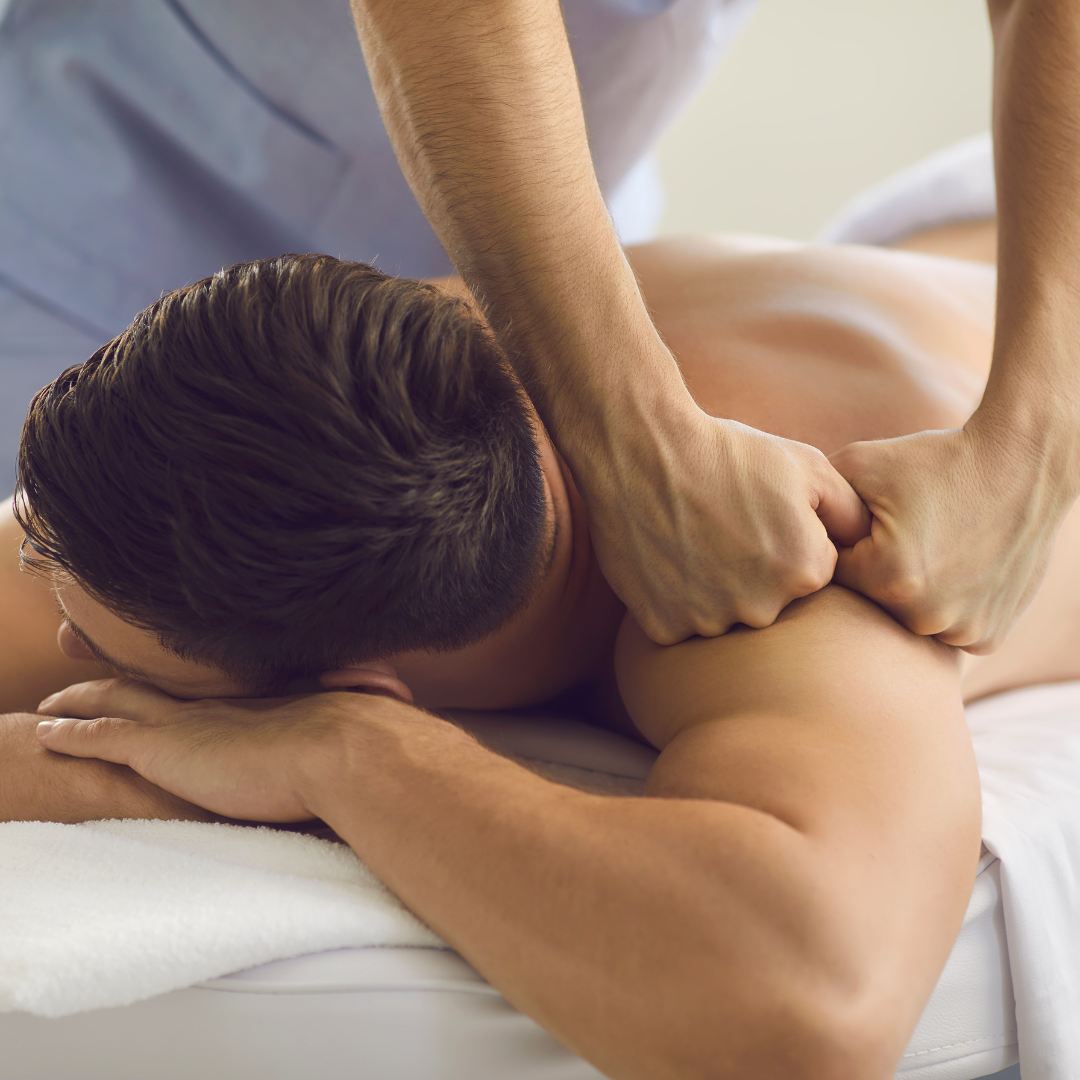
Conclusion
In conclusion, a stress-relieving massage is a potent and revitalizing therapy that provides many advantages for the body and mind.
A stress relief massage can successfully relieve tension, lower stress, and encourage general relaxation through the expert application of various massage methods.
Relaxing factors like dim lighting, soothing music, and enticing scents create a tranquil atmosphere, improving the therapeutic experience.
You can ensure a secure and personalized treatment that meets your specific needs by using the services of a licensed and professional massage therapist.
A stress-relief massage offers a much-needed break from the rigours of daily life, allowing you to unwind, recharge, and accomplish what you set out to do, whether you choose a full-body session or focus on certain areas of tension.
So, if you feel stressed out and tense, think about the amazing advantages of a stress relief massage and treat yourself to some much-needed rest and renewal. It will benefit both your body and mind.
I trust you enjoyed this article about What Is A Stress Relief Massage. Please stay tuned for more blog posts soon.
JeannetteZ
>>>Please click here to read my all-inclusive article about Lessons That Will Teach You All About Stress<<<
>>>Are you interested in Natural Healing And Stress Relief through Herbs? Please click here for my #1 Recommendation<<<
Your Opinion Is Important To Me
Do you have thoughts, ideas, or questions? I would love to hear from you. Please leave me your questions, experiences, and remarks about What Is A Stress Relief Massage in the comments section below. You can also email me at Jeannette@Close-To-Nature.org.
Disclosure
This post may contain affiliate links. I earn from qualifying purchases as an Amazon Associate and other affiliate programs. Please read my full affiliate disclosure.
You might also enjoy these blog posts:
Best Teas For Anxiety And Stress
What Are The Best Methods To Relieve Stress
Best Stress Relief Toys For Adults

